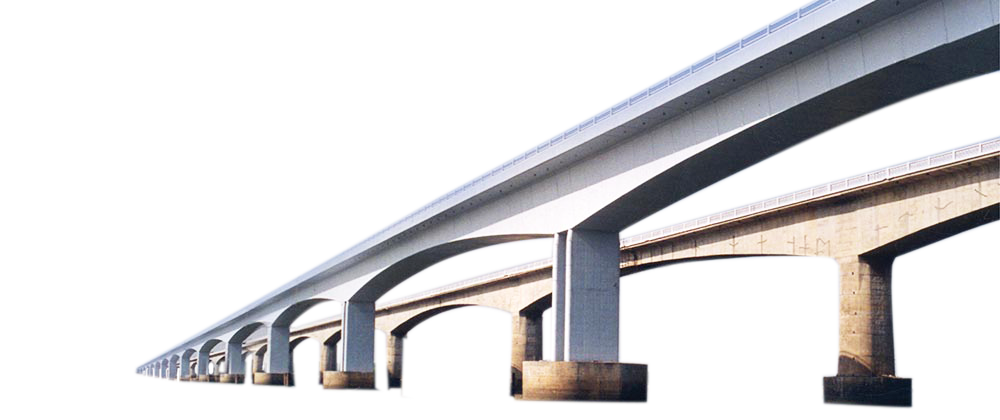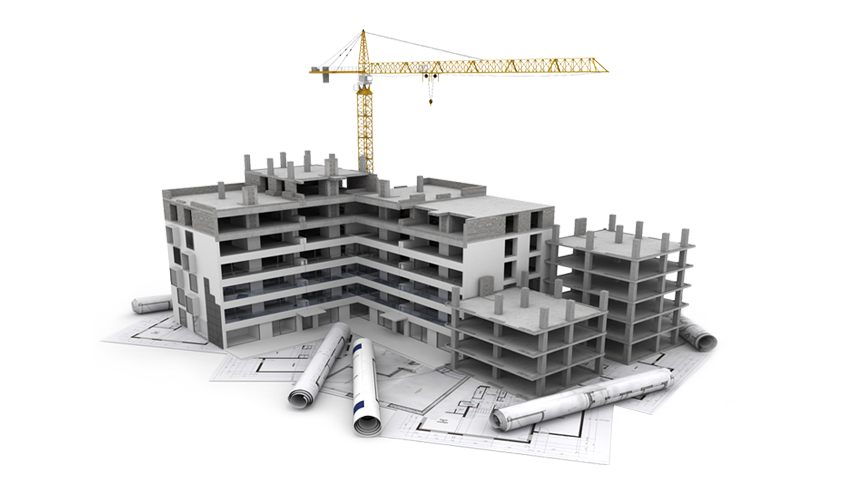Construction in India: An Industry Growth and Future

The construction industry is next in line after agriculture in India which makes for about 11% of India as GDP. Thereby making a significant contribution to India’s economy and provides employment. This is because of the linkages that the sector has with other sectors of the economy. About 250 ancillary economical areas such as cement, steel, brick, timber and building material are dependent on the construction industry. A unit increase in expenditure in the construction sector has a multiplier effect with a capacity to generate income as high as five times.
The major segments in the construction industry consist of real estate construction which includes residential and commercial construction; infrastructure development which includes roads, railways, power, etc; and industrial upliftment that encompasses oil and gas refineries, pipelines, textiles, etc.
India is on the move towards a phase of sustained growth in the infrastructure build up. Construction industry regained growth movement in 2018 as well as 2019, with output hovering around 8% which was at 1.9% in 2017. The industry is expected to continue to expand over the period (2019-2023), driven by the government’s efforts and large spends on housing, road, ports, water supply, and airport development. The government increased its expenditure towards infrastructure development by 20.9% to INR6.0 trillion (US$89.2 billion) in FY2018-2019 with continued investment in transport infrastructure, energy and residential projects under flagship programs such as Bharatmala scheme, Housing for All 2022, the UDAN (Ude Desh ka Aam Nagrik) scheme and the Aayushman Bharat program. The population growth and urbanization will also drive the need for better infrastructure facilities and road infrastructure developments in the country.
The real estate industry encompassing construction and development of properties has grown from entities with a focus on single products and having only market presence in one area into corporate entities with multi-city presence having a range of products. There is a considerable shift from traditional financing methods to an era of structured finance, private equity, and a public offering. This has led to the contribution of the private sector in total infrastructure investment is expected to increase to 50%. The balance will be borne by the public sector.
GlobalData’s “Construction in India – Key Trends and Opportunities to 2023”, the report provides detailed market analysis, information, and insights into the Indian construction industry, including:
• The Indian construction industry’s growth
• Critical insight into the impact of industry trends and issues
• Analysis of the mega-project pipeline
Key Highlights:
• GlobalData expects the residential construction market to retain its leading position and account for 30.1% of the industry’s total value in 2023. Market expansion over the forecast period is expected to be supported by public and private sector investments in the construction of new residential buildings.
• The infrastructure construction market under the Pradhan Mantri Gram Sadak Yojana (PMGSY), the government aims to build roads in the rural and backward areas in the country as a part of PPP model.
• GlobalData expects the energy and utilities construction market to record a forecast-period CAGR of 10.83% in nominal terms, with the focus to increase the share of renewable energy in terms of total energy consumption and encouraging investment in renewable energy infrastructure.
• Growth in the institutional construction market will be supported by public and private sector investment in education and healthcare building construction projects.
• The total construction project in India – as tracked by GlobalData, and including all mega projects with a value above US$25 million – stands at INR82.5 trillion (US$1.2 trillion).
Construction Trends:
Construction trends that will affect the market big time are:
• Sustainable building
Promoting a sustainable and clean environment by 2020
• Green building
Focus on using green materials in the next five years
• Construction equipment
Construction equipment industry to reach $ 5 bn by 2020
• Construction vehicle segment
Largest revenue share in the construction equipment market.
Prospects:
• The demand-supply gap for residential housing, favorable demographics, rising affordability levels, availability of financing options is the key drivers supporting the demand for residential construction. Estimation of Housing Shortage estimates, there would be a shortage of 26.53 million houses, which provides a big investment opportunity. In addition to this, demand for office space is expected to continue due to the emergence of India as a preferred outsourcing destination. Also, the trend in organized retail is expected to create a huge demand for real estate construction.
• While long-term factors are likely to favor the developers, the outlook for the short term looks bright again. The rise in sales and costs efficiency are providing the sunshine on the profitability of real estate majors. But entry into affordable housing is likely to pressurize margins but would arrest the free fall in topline as witnessed during the downturn.
NKG Infrastructure, being a leading infrastructure development company in India, currently, has a responsible stake in taking ahead India’s massive growth story, huge employment opportunities for the youth and diversifying into new geographies, clients and infrastructure sectors. NKG Infrastructure analysts predict that greater demand for residential construction will generate higher than forecast, due to the country’s rising population, urbanization, and positive developments in regional economic conditions. With the majority of the projects, 60.7% are somewhere in the stage from pre-planning to execution, is skewed towards early-stage projects as of February 2019. NKG Infrastructure will play a major role due to its technical expertise and execution capabilities and recognition by several government bodies, global institutions and leading infrastructure development authorities of India.








